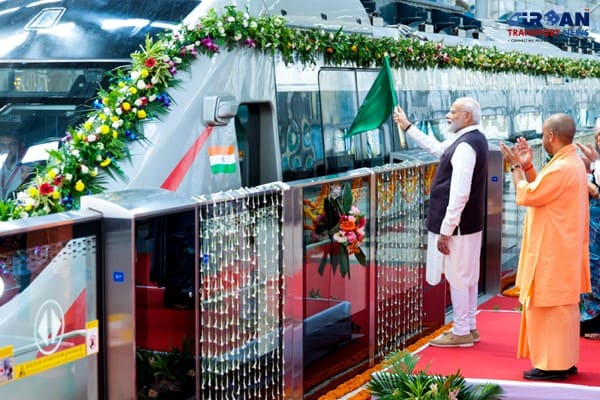 Exclusive Interview of Ms. Serda Urganciyan, Partner-CEO at Studio 88 Architecture
Exclusive Interview of Ms. Serda Urganciyan, Partner-CEO at Studio 88 Architecture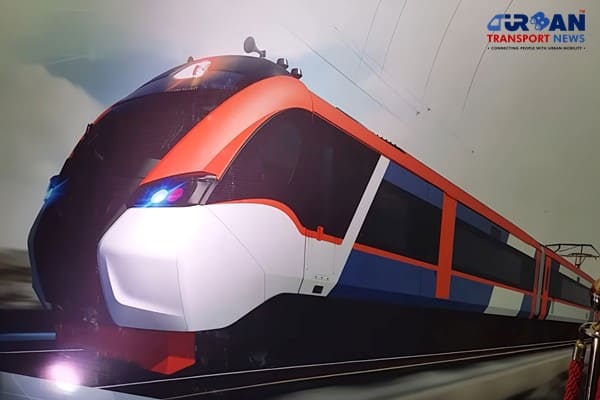 Titagarh Rail Systems set to deliver first sleeper Vande Bharat Train by late 2025
Titagarh Rail Systems set to deliver first sleeper Vande Bharat Train by late 2025 UAE's First Vertiport gets Operational approval, A game-changer in Autonomous Transportation
UAE's First Vertiport gets Operational approval, A game-changer in Autonomous Transportation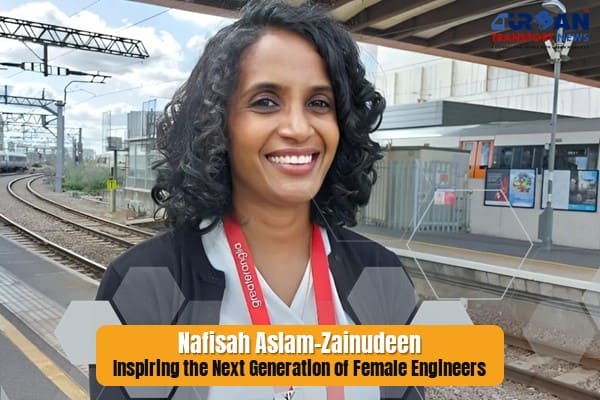 Nafisah Aslam-Zainudeen: Inspiring the Next Generation of Female Engineers
Nafisah Aslam-Zainudeen: Inspiring the Next Generation of Female Engineers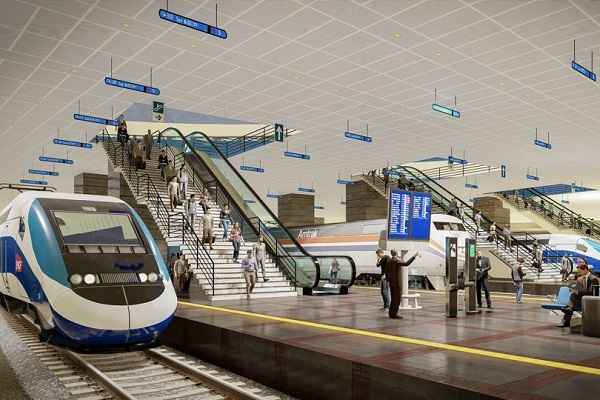 DRA-DMRC JV awarded major contract for redevelopment of Ahmedabad Railway Station
DRA-DMRC JV awarded major contract for redevelopment of Ahmedabad Railway Station Revolutionizing Transportation: Hyperloop Technology in Saudi Arabia
Revolutionizing Transportation: Hyperloop Technology in Saudi Arabia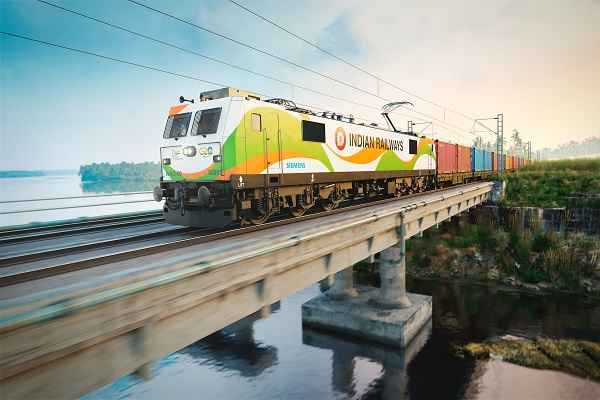 India is not just a market, it is becoming a beacon of hope for the future: Siemens AG
India is not just a market, it is becoming a beacon of hope for the future: Siemens AGSATEBA acquires Rail Business of De Bonte Group in Belgium
 Regent to launch High-Speed Seagliders to transform coastal transportation in UAE
Regent to launch High-Speed Seagliders to transform coastal transportation in UAE California commences construction on $12bn Los Angeles - Vegas High Speed Rail Project
California commences construction on $12bn Los Angeles - Vegas High Speed Rail Project
Uttar Pradesh Govt urges GDA to accelerate development projects along RRTS
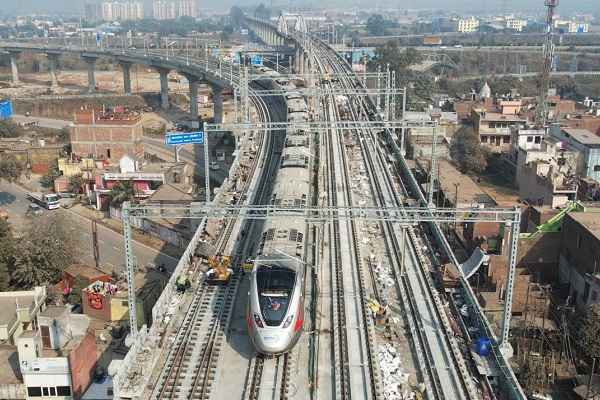
Lucknow, India (Urban Transport News): In a bid to expedite developmental activities within influence zones and special development areas (SDAs) proposed in the draft Master Plan 2031, the Uttar Pradesh government has called upon the Ghaziabad Development Authority (GDA) to bring in projects covering a minimum of 10 hectares of land, as per officials familiar with the matter.
The draft Master Plan 2031 encompasses distinct plans for Ghaziabad city, Loni, and Modinagar/Muradnagar. Currently, the GDA board has yet to approve the individual plans for Ghaziabad city and Loni, while the Modinagar/Muradnagar plan received approval last Saturday.
Rajesh Kumar Singh, the Secretary of GDA, stated, "The state government has asked us to engage with various stakeholders to encourage projects spanning at least 10 hectares in the influence zones of Regional Rapid Transit System (RRTS) stations and the two proposed SDAs. We have held meetings and are awaiting responses. The NCR transport corporation, responsible for the RRTS project, will formulate the zonal plans for transit-oriented development (TOD) zones in the influence zones and SDAs."
The GDA has outlined approximately 1,060.06 hectares for two SDAs, with 510.56 hectares allocated to Guldhar and 549.5 hectares to Duhai. These SDAs are strategically positioned near RRTS stations. Additionally, the authority has designated 5,601.11 hectares as TOD zones around seven RRTS stations, totaling 4,044.58 hectares, and along Ghaziabad's Metro Red Line corridor, stretching from New Bus Adda to Dilshad Garden, covering 1,553.53 hectares.
The proposed Duhai Depot will serve as Ghaziabad's eighth station, further expanding TOD areas within the influence zone.
TOD zones, also known as mixed land use zones, are envisioned for residential, commercial, and other construction developments within a 1.5km radius of RRTS stations and a 500m radius of mass transit lines, as outlined in Uttar Pradesh's new policy introduced in 2022.
Developers have expressed their approval of the initiative, emphasizing the high development potential within the influence zones and SDAs. However, they anticipate the release of the zonal plan before making concrete decisions.
Gaurav Gupta, Joint Secretary (North Zone) of the Confederation of Real Estate Developers' Associations of India, commented, "Many developers will wait for the zonal plan to be prepared. Large land parcels of this scale may not be readily available to developers at present. Additionally, the higher floor area ratio (FAR) encourages project expansion and development."
A master plan outlines city development at a macro level, while a zonal plan delves into the specifics of development within designated areas as part of the master plan.
In light of these developments, projects can be submitted individually or as part of a consortium. The higher FAR within TOD zones offers ample opportunities for both vertical and horizontal expansion, with the criteria granting a FAR of four to five, a level not typically available in non-TOD zones, in accordance with existing bylaws.
The draft plans for Ghaziabad and Loni are slated for finalization and approval at the upcoming board meeting, paving the way for the implementation of the zonal plan.





